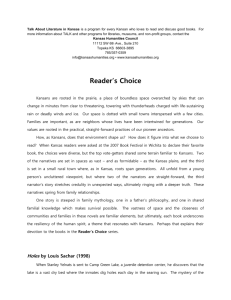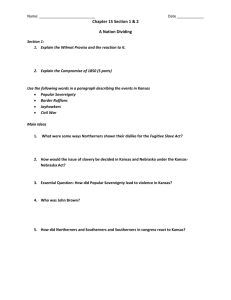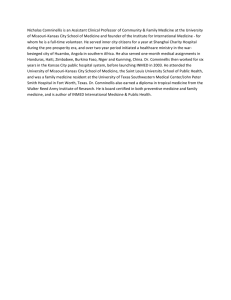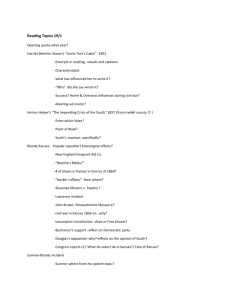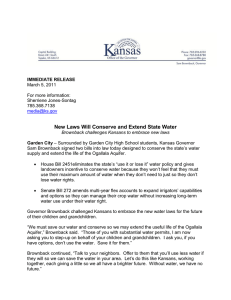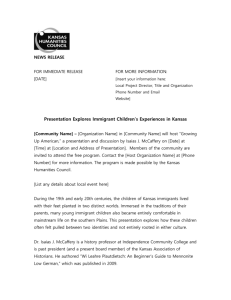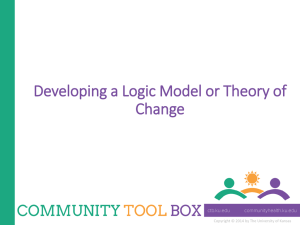Quarter Million Classroom Brief
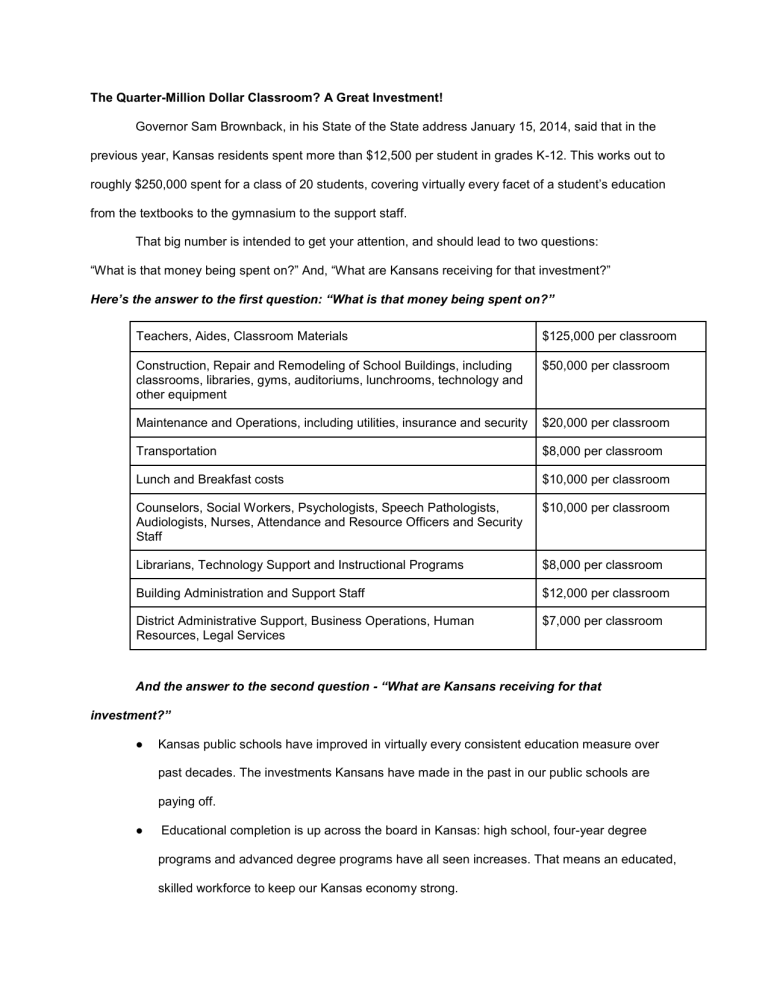
The Quarter-Million Dollar Classroom? A Great Investment!
Governor Sam Brownback, in his State of the State address January 15, 2014, said that in the previous year, Kansas residents spent more than $12,500 per student in grades K-12. This works out to roughly $250,000 spent for a class of 20 students, covering virtually every facet of a student’s education from the textbooks to the gymnasium to the support staff.
That big number is intended to get your attention, and should lead to two questions:
“What is that money being spent on?” And, “What are Kansans receiving for that investment?”
Here’s the answer to the first question: “What is that money being spent on?”
Teachers, Aides, Classroom Materials $125,000 per classroom
Construction, Repair and Remodeling of School Buildings, including classrooms, libraries, gyms, auditoriums, lunchrooms, technology and other equipment
$50,000 per classroom
Maintenance and Operations, including utilities, insurance and security $20,000 per classroom
Transportation
Lunch and Breakfast costs
$8,000 per classroom
$10,000 per classroom
Counselors, Social Workers, Psychologists, Speech Pathologists,
Audiologists, Nurses, Attendance and Resource Officers and Security
Staff
$10,000 per classroom
Librarians, Technology Support and Instructional Programs $8,000 per classroom
Building Administration and Support Staff $12,000 per classroom
District Administrative Support, Business Operations, Human
Resources, Legal Services
$7,000 per classroom
And the answer to the second question - “What are Kansans receiving for that investment?”
● Kansas public schools have improved in virtually every consistent education measure over past decades. The investments Kansans have made in the past in our public schools are paying off.
● Educational completion is up across the board in Kansas: high school, four-year degree programs and advanced degree programs have all seen increases. That means an educated, skilled workforce to keep our Kansas economy strong.
● An individual earns significantly more over his or her lifetime with every level of education they complete. A student with a high school diploma will earn $10,000 more per year than a student without one; a student with a four-year degree will earn $10,000 more per year than a student without one; and so on. That means an improved standard of living and a decline in poverty.
The bottom line? Kansas actually spends less per student than the national average while ranking eighth in achievement areas, such as mathematics and reading, on multiple academic measures.
Kansas public schools are a great investment.
